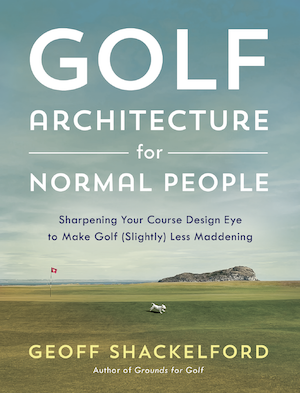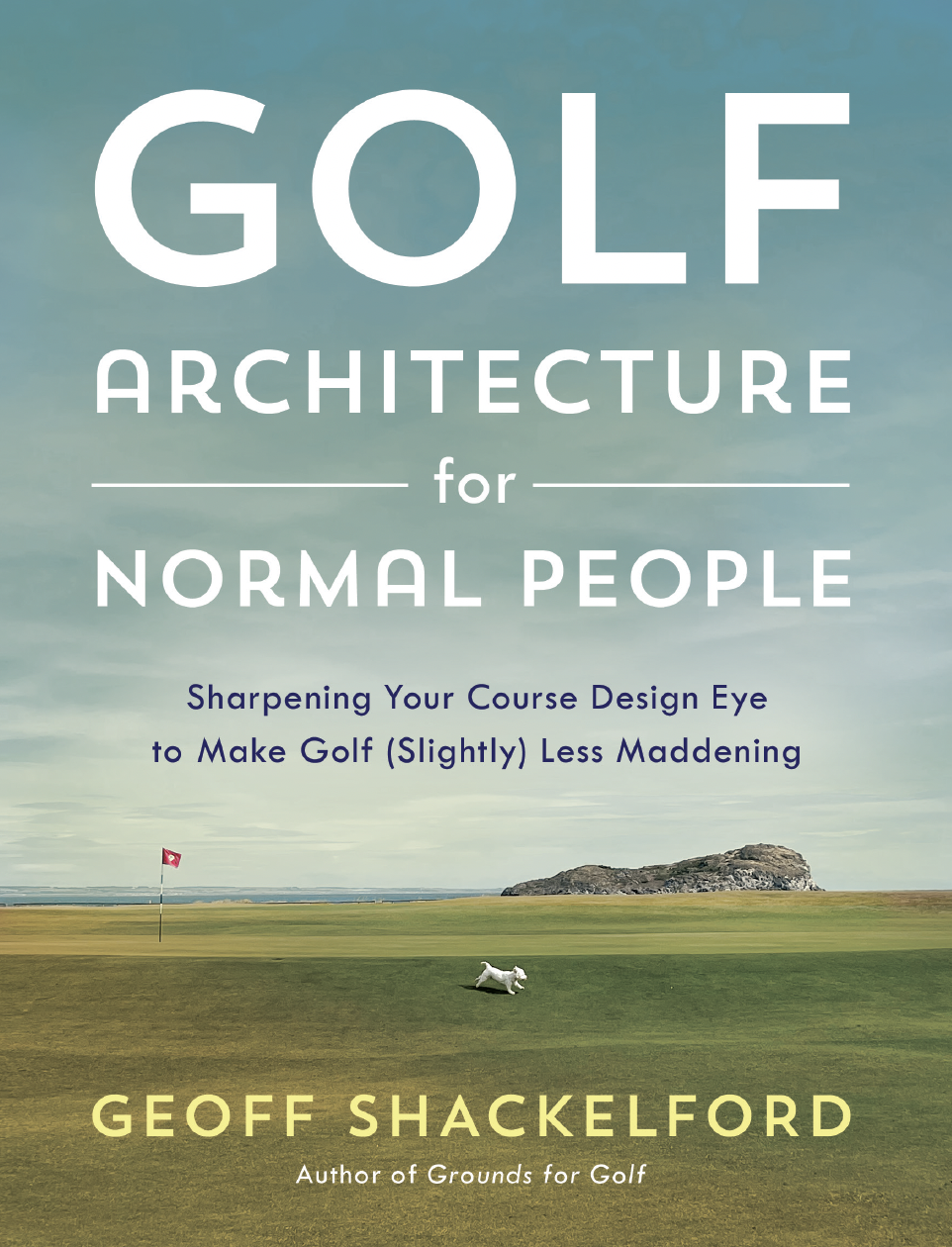Fields Story and Photos
/Bill Fields in this Golf World Masters preview, writing about the course changes:
It is almost as if Wimbledon traded grass for clay and reduced the service box by half. Legends are vexed and current competitiors are wary.And he has this quote from Pete Dye, who clearly has not read The Spirit of St. Andrews in a while:
Architect Pete Dye, who has had to re-work a number of his designs to accommodate the distances top golfers are hitting the ball, also sides with the club. "If Jones and Mackenzie were alive today, seeing what's going on, they certainly would do something," Dye says. "I don't think they'd be offended [by the changes]. Mackenzie certainly had no idea somebody was going to hit the ball 370 yards."On the subject of fast and firm, I thought this was interesting since I'm of the belief that a fast course with the added accoutrements will turn into a freak show:
"The only defense to the course was really firm, fast greens, and there was a point in the '90s where they really crossed the line," Mickelson says. "I saw Jeff Sluman on the second hole have a four-footer uphill, and it spun out on him and then rolled 60 feet off the green. [Since] they've lengthened it, the greens have been very fair … they have not crossed over the line."
Of course, the last few Masters also have been wet ones. There hasn't been a dry week since all that length was added for the 2002 event, which makes some wonder what kind of scenario will play out this year if it doesn't rain for the first time on the new Augusta -- and why the club didn't wait until it got a week of sunshine before renovating the course yet again.
"If it ever gets dry and baked out and it doesn't rain like it did in '99 when Ollie won, and the greens get blue-looking like they did that year," says Woods, "even par or over par will win easily."
Should that happen, the Masters will have come to resemble the U.S. Open, and one wonders if that is the angle the tournament has been after all along.
Accompanying the Golf World piece are these photos (linked from GolfDigest.com) that tell boggle the mind. Note on the first hole how pinched it is between bunker and trees, and the ridiculous looking 7th and 11th holes:

















